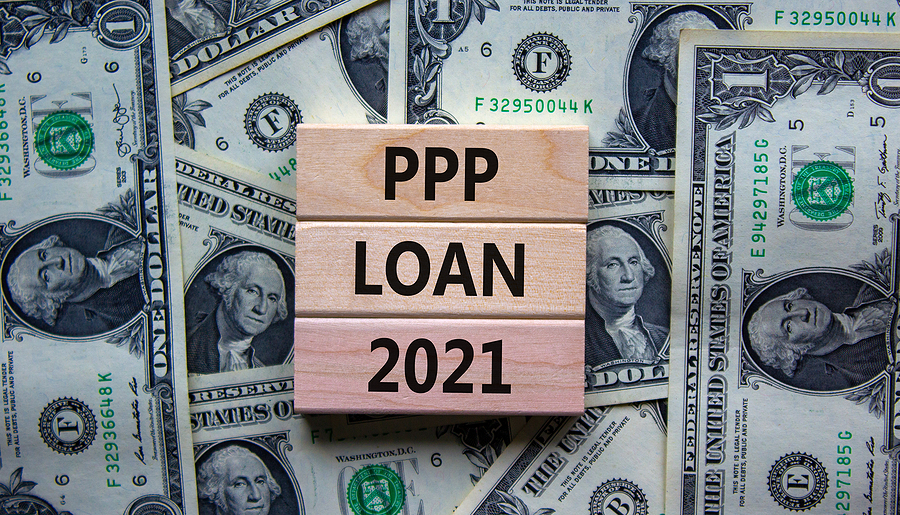
For example, let’s say that you run a restaurant and your business was really impacted in 2020, to the extent that you have a 15% effective tax rate for 2020. Taking a deduction in 2020 is only worth 15%. If your income rebounds in 2021, it could be worth a lot more. If your effective tax rate jumps up to 30% in 2021, that dollar of deduction is worth more by preserving it for the subsequent year.
Evaluating the timing is a really important issue. But, as we’ve discussed earlier, there’s no guarantee that income will be higher in 2021. And additionally, given that tax estimates are due quarterly, your client won’t have to wait until the end of the year to reap the benefits.
Now on to a more complex topic: when should your clients apply for loan forgiveness? First, we need to define the term “covered period”. Under the previous law, the covered period was twenty-four weeks. It was pretty straightforward. An early question that we heard from our members was: if you spend your PPP funds early, do you have to wait until the end of that covered period in order to apply for forgiveness?
The answer is no. Check and see if your clients have already applied for forgiveness, as some people were waiting to apply until the end of that twenty-four-week period. The covered period starts the day that you get the funds for the loan. That hasn’t changed. However, under the new law, the covered period now is now basically a choice for taxpayers. The taxpayer actually gets to select their covered period of time.
Your eligible expenses (what you spent that money on during that covered period of time) determine what portion of the loan is going to be forgivable. It could be all of it! And now, taxpayers can choose any stretch of time beginning on the date of the disbursement and ending between eight and twenty-four weeks later.
Your job is to make sure your clients choose the period of time where they spend the most on qualified expenses. Next week’s post is going to dig into the topic of forgivable expenses. The definitions of these categories have increased, which is good news for your clients!







